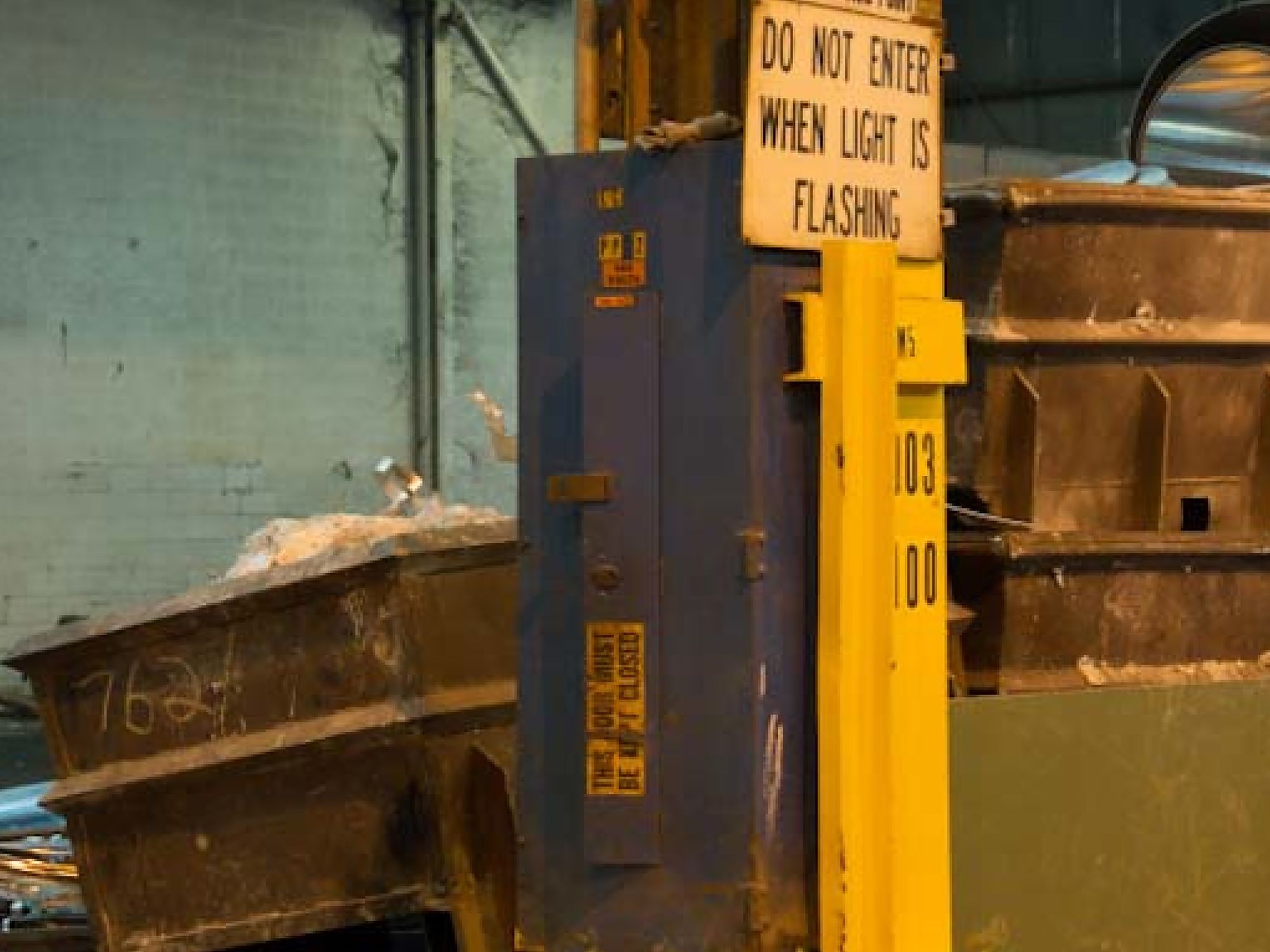How should employers control electrical hazards?

- Employers may protect employees from electrical hazards through safe work practices, insulation, guarding, grounding, and circuit protection devices.
In general, the Occupational Safety and Health Administration (OSHA)’s electrical standards are based on the National Fire Protection Association (NFPA)’s Standard NFPA 70E, Electrical Safety Requirements for Employee Workplaces, and in turn, from the National Electrical Code (NEC).
OSHA also has electrical standards for construction (Part 1926 Subpart K — equivalent to those in Subpart S but with fewer safety-related work practices) but recommends that employers in this industry follow the general industry electrical standards whenever possible for hazards that are not addressed by their industry-specific standards.
Electrical accidents appear to be caused by a combination of three possible factors: unsafe equipment and/or installation, workplaces made unsafe by the environment, and unsafe work practices. There are various ways of protecting people from the hazards caused by electricity. Besides simply using safe work practices, safety measures may include insulation, guarding, grounding, circuit protective devices, and safe work practices.
Safe work practices
Employees and others working with electric equipment need to use safe work practices. These include: deenergizing electric equipment before inspecting or making repairs, using electric tools that are in good repair, using good judgment when working near energized lines, and using appropriate protective equipment. Electrical safety-related work practice requirements are contained in Subpart S of 1910, 1910.331-1910.335.
